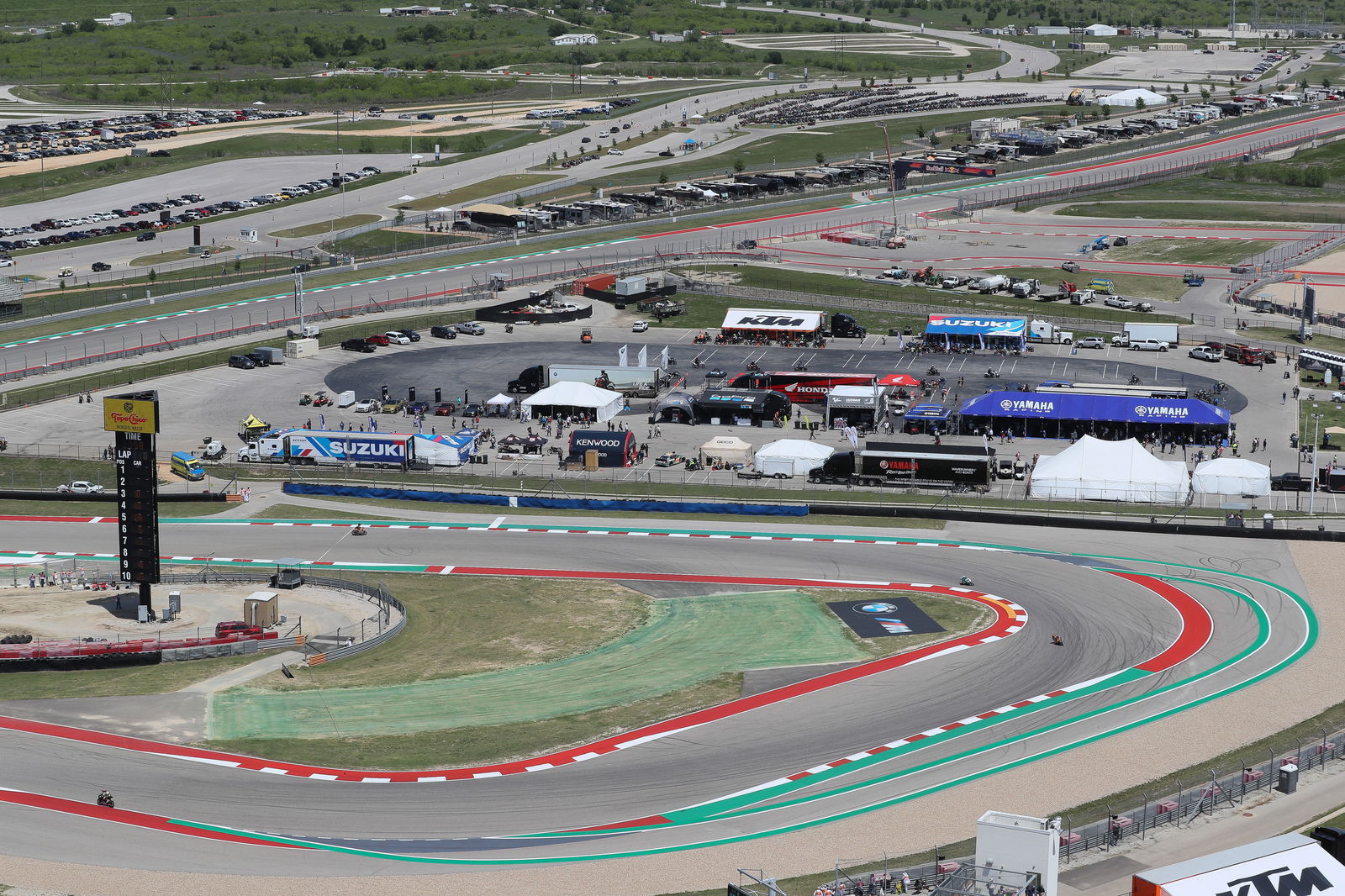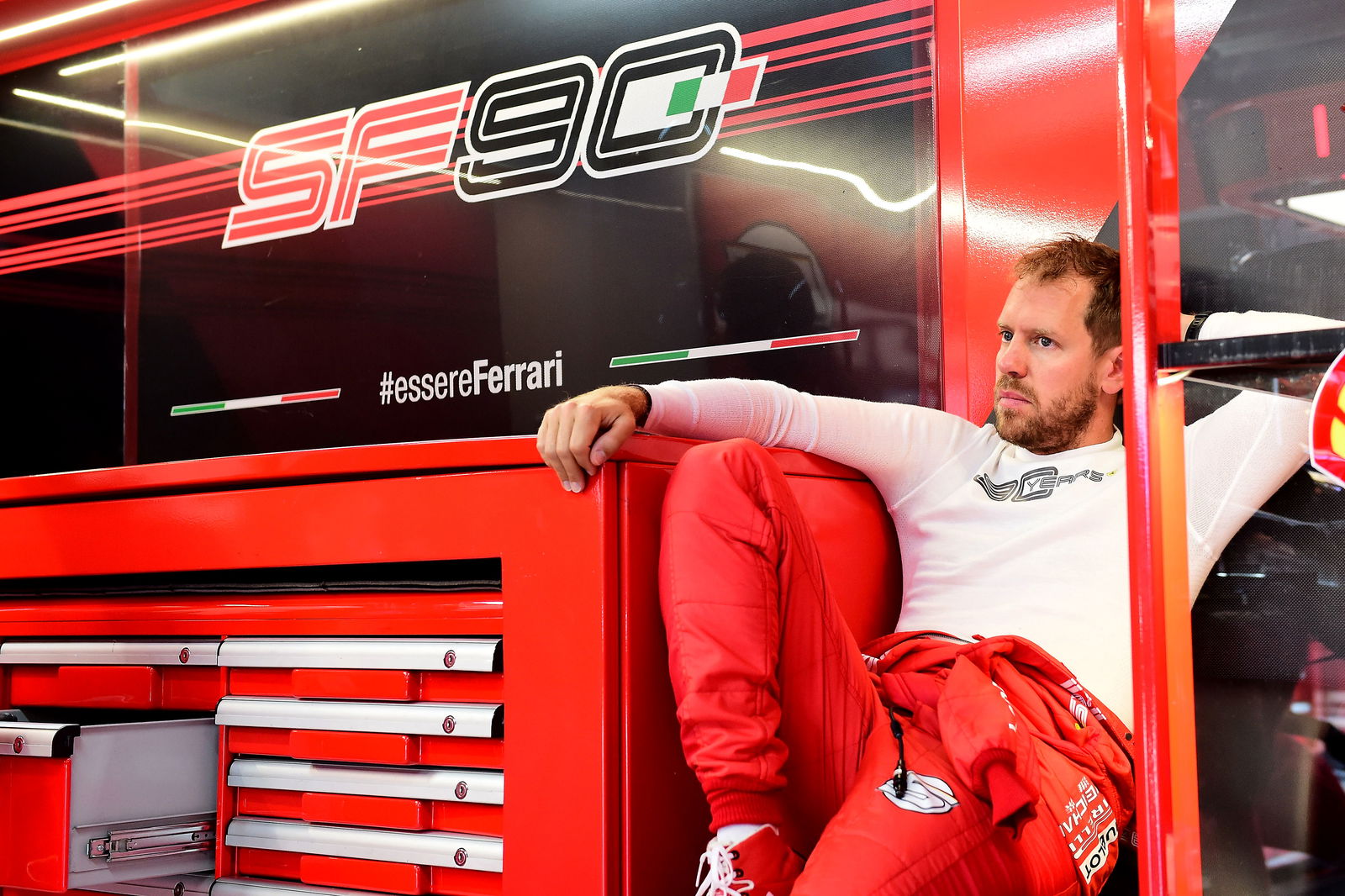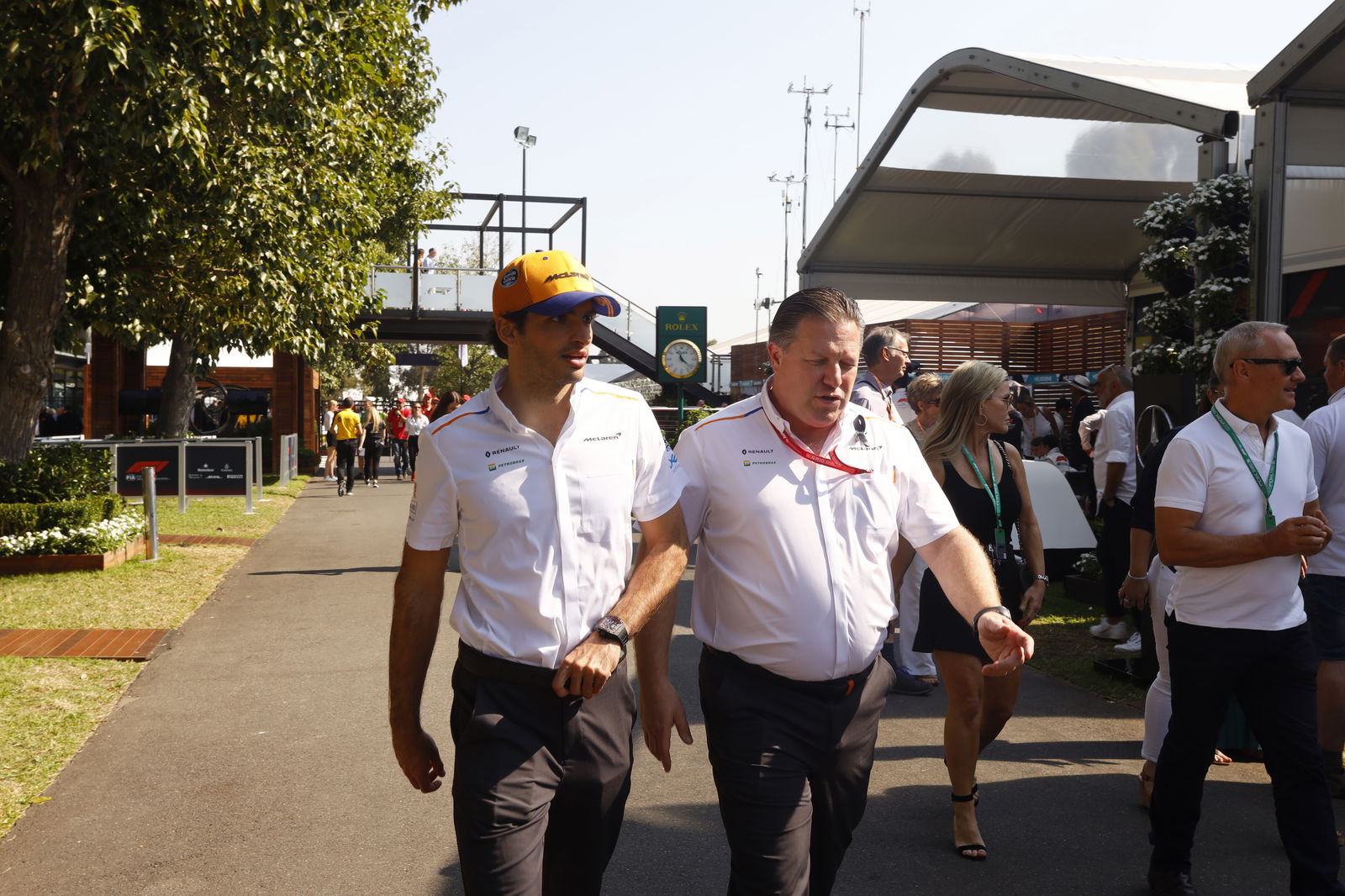How F1 was right and wrong about Daniel Ricciardo’s penalty
While even the most hardened Formula 1 fans were resisting the urge to doze off over the closing stages of the French Grand Prix, the race unexpectedly sparked up with a last-lap scrap over the final points places which inadvertently plunged the sport into a fresh controversy.
With Lando Norris suffering a hydraulics issue with his McLaren, making his steering heavier and denying him the use of his DRS, that invited Daniel Ricciardo to attack for seventh place.

While even the most hardened Formula 1 fans were resisting the urge to doze off over the closing stages of the French Grand Prix, the race unexpectedly sparked up with a last-lap scrap over the final points places which inadvertently plunged the sport into a fresh controversy.
With Lando Norris suffering a hydraulics issue with his McLaren, making his steering heavier and denying him the use of his DRS, that invited Daniel Ricciardo to attack for seventh place.
The Renault driver, ever the entertainer, threw caution to the wind on the final lap by attempting an overtake around the outside at the chicane on the Mistral straight. Running wide through the corner, Ricciardo lost momentum which invited Kimi Raikkonen to take the opportunity and overtake the pair of them.
Norris was effectively out of contention having gone off track and the Alfa Romeo driver charged ahead of Ricciardo but using the slipstream the Australian pulled alongside him with all four wheels off the track to reclaim seventh place.
Late action with overtakes, passes which actually meant something, in a processional race void of drama for the opening 52 laps. But F1 has rules for a reason and what was to follow was all too predictable.
Ricciardo, along with Norris and Raikkonen, were called to see the FIA race stewards after the race and the Australian was given two separate five-second time penalties – one for each move – which dropped him from seventh to 11th place in the final classification.
Cue the expected backlash with the FIA ruling met with criticism over not allowing drivers to race freely, as was encouraged at the start of the season, with debates on F1 rules set to roll on until the next race in Austria.
“It’s clearly disappointing to drop outside the points with a post-race penalty,” Ricciardo said in Renault’s post-race statements. “The last lap was a lot of fun, we had a fight and I enjoyed it.
“I’d rather give it a go than not try at all, and I’m sure the French fans and the people at home liked watching. It’s a shame to be penalised for it, but we’ll aim to move on from that as quickly as possible.”

Before any fingers of blame get pointed or F1 takes another long look in the mirror about what it is trying to be, some context is key.
Following the penalty dished out to Sebastian Vettel for going off track and re-joining by impeding Lewis Hamilton in the fight for the lead of the race in Canada, a precedent had been set which was fresh in the mind: go off the track and gain an advantage and you will be penalised. No grey areas, just pure black and white.
There can be no argument to defend Ricciardo of committing that mistake twice in the space of two corners. Aiming to outbrake Norris into the chicane, he ran over the white lines and out of track limits. Coming back on track he pushed the McLaren driver wide while retaining the place.
Then with Raikkonen it was perhaps even more blatant as he moved over the white lines to overtake the Finn. By the letter of the F1 ruling following Vettel’s Canadian GP punishment, it was a slam dunk, with two separate penalties totalling to see Ricciardo pushed out of the points.
The same fury shown by Vettel and Ferrari in unlikely to come from Ricciardo and Renault following the plainly embarrassing appeal hearing by the Italian team, who used Karun Chandhok’s Sky Sports F1 analysis of the incident as new evidence which was thrown out by the FIA as a third-party opinion on the matter.
Helpfully, Sky Sports duly ran its analysis on the Ricciardo penalties, this time Anthony Davidson presenting as pundit, but the case was clear after the Vettel incident.
While the ruling is obvious despite being disputed, questions will return to how to stop allowing drivers to gain an advantage when going off track, regardless of intentions, or indeed whether the rule needs revising. Again, no blame can be placed on the FIA race stewards as they were merely following the regulations and delivering the consequential penalties which followed.
Given Circuit Paul Ricard’s primary function is a test track, meaning the tarmac run-offs are a helpful necessity, the FIA installed a bollard system to deter corner cutting at Turns 1 and 2 and Turns 3-5 – but not the chicane in question which are Turns 8 and 9 on the track.
Even the new corner cutting system came under fire when Sergio Perez was still penalised despite abiding by the new escape route between Turns 3 and 5.
“When someone rejoins, they must firstly rejoin safely, and they must not gain a lasting advantage,” FIA F1 race director Michael Masi explained.
“When you look at Lance [Stroll’s] who was immediately behind him, Sergio’s locked up, chosen to go to the left, and bypass the bollard, and come out in front of both Albon and Magnussen.
“That was part of a discussion following Monaco at a drivers’ meeting where the drivers actually requested that they need to be behind, effectively, who they entered.”
From sausage kerbs to bollards to grass and gravel traps, there appears to be no sole solution the FIA can rely on.
Each incident naturally needs to be treated on a case-by-case basis, while looking further afield solutions seen in MotoGP and the British Superbike championship could provide an alternative where circuits layouts permit it.
For 2019 both MotoGP and the British series have introduced a ‘Long Lap’ penalty system, when a rider exceeds track limits they can be given the penalty from the stewards and must take the pre-determined route defined and marked on a safe point of the track.

While it is clear at some F1 circuits this idea wouldn’t be possible, Monaco for example, it would suit Paul Ricard given its almost-endless run-off areas around the circuit. Better yet, given the French track’s multiple configurations, a small adaption to another layout could be used to produce the ‘Long Lap’ system.
With F1 fans crying out for more wheel-to-wheel racing, the FIA wasn’t wrong over its penalty decisions because that is what the current regulations dictate.
Relaxing the urge to jump to investigations might be a way to appease the problem, but regardless of what level or discipline of motorsport, if you overtake while off the track – which Ricciardo definitely did against Raikkonen and arguably also did against Norris – then the rules must be applied. That’s why the FIA was right.
Where the F1 rule-makers are wrong is thinking tracks with endless run-off won’t be exploited by drivers when they know consequences of the risk can be negligible. In Ricciardo’s case, it is the latest incident of F1 being right but also wrong.

